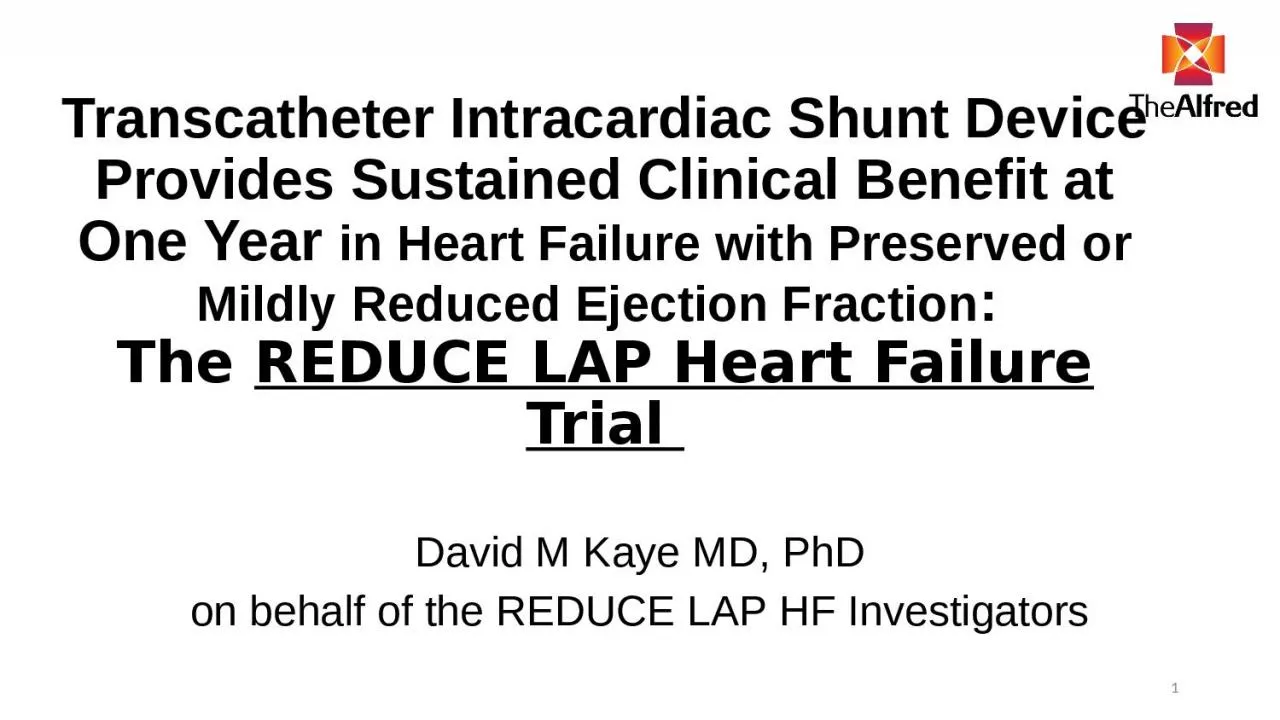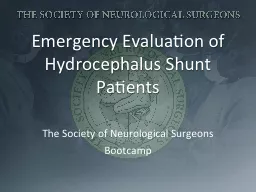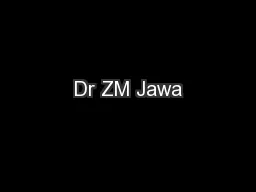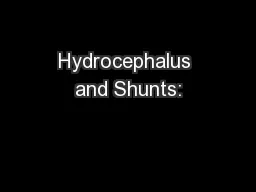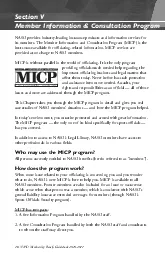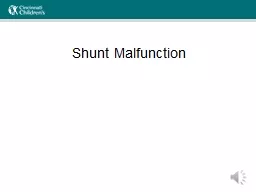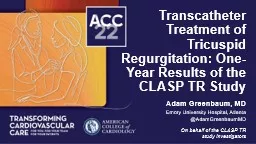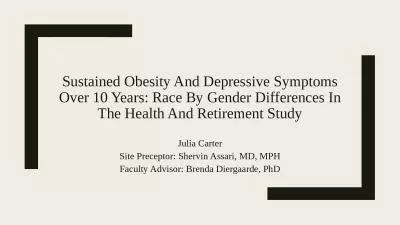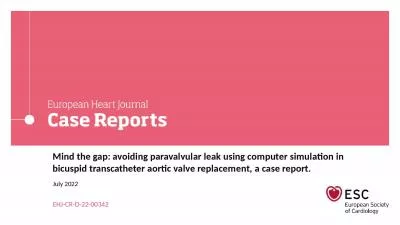PPT-Transcatheter Intracardiac Shunt Device Provides Sustained Clinical Benefit at One Year
Author : badra | Published Date : 2024-03-15
in Heart Failure with Preserved or Mildly Reduced Ejection Fraction The REDUCE LAP Heart Failure Trial David M Kaye MD PhD on behalf of the REDUCE LAP HF Investigators
Presentation Embed Code
Download Presentation
Download Presentation The PPT/PDF document "Transcatheter Intracardiac Shunt Device ..." is the property of its rightful owner. Permission is granted to download and print the materials on this website for personal, non-commercial use only, and to display it on your personal computer provided you do not modify the materials and that you retain all copyright notices contained in the materials. By downloading content from our website, you accept the terms of this agreement.
Transcatheter Intracardiac Shunt Device Provides Sustained Clinical Benefit at One Year: Transcript
Download Rules Of Document
"Transcatheter Intracardiac Shunt Device Provides Sustained Clinical Benefit at One Year"The content belongs to its owner. You may download and print it for personal use, without modification, and keep all copyright notices. By downloading, you agree to these terms.
Related Documents

